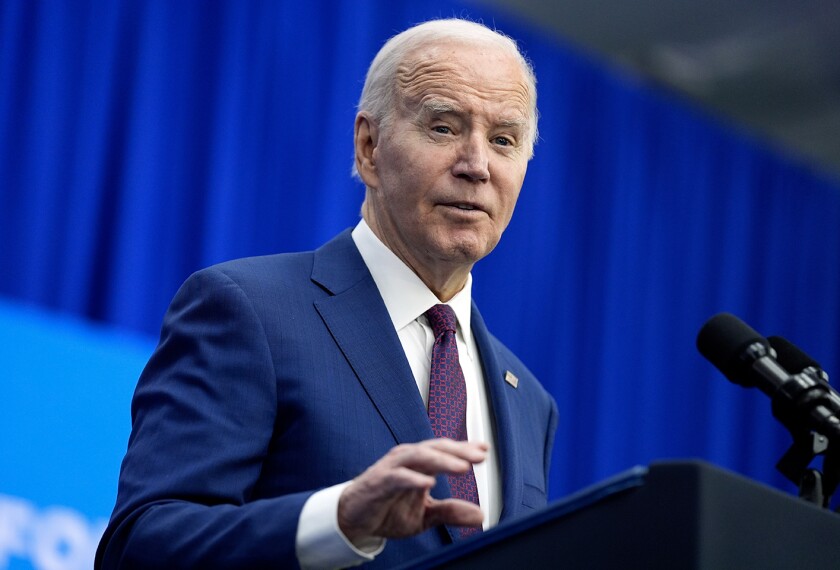With a change in approach, foundations could open up new opportunities for school reform.
The latest chapter in the history of philanthropy’s quixotic effort to improve the nation’s public education systems may have opened a year and a half ago in Pittsburgh. I suspect that before this chapter closes, we will have both reason and opportunity to discuss the merits and drawbacks, promise and pitfalls of what I believe will come to be known as “muscular philanthropy.” For purposes of this discussion, muscular philanthropy is the intentional and unapologetic use of a foundation’s money, position, prestige, and influence to propel change in the face of otherwise effective resistance. Traditional philanthropy is reluctant to acknowledge, much less employ, the coercive qualities embedded in its control over resources that others want. Muscular philanthropy has no such aversion and takes a more pragmatic view that allows choosing between suasion and coercion as the situation demands.
In July of 2002, three Pittsburgh foundations decided to suspend funding to the Pittsburgh school district. The letter that the Grable Foundation, the Heinz Endowments, and the Pittsburgh Foundation delivered to the superintendent of schools and the nine members of the board of education did not contain the seemingly obligatory references to “limited resources” and “new priorities,” nor any other language that would have obscured their true intent. Instead, these foundations ignited a local firestorm with a blunt assertion: “As investors, we can no longer be confident that any funds we put into the district will be used wisely and to the maximum benefit of students. Therefore, it would be irresponsible for us to continue support for the district at this time.” (“Freeze on Grants Roils Pittsburgh District,” Aug. 7, 2002.)
Much has happened in the year and a half since the letter, the press conference that followed, and the ensuing (and well- publicized) expressions of outrage and support. The foundations stood by their decision. Pittsburgh’s mayor appointed a blue-ribbon Commission on Public Education that pointedly excluded many of the usual suspects and obvious stakeholders—no teachers. The commission held hearings and has submitted its report calling for dramatic changes in the governance, management, and financing of the city’s public schools. The report, “Keeping the Promise: The Case for Reform in the Pittsburgh Public Schools,” has been alternately lauded, applauded, and denounced. The head of the teachers’ union has declared it “dead on arrival,” for example, while the Pittsburgh Post-Gazette editorialized in favor of its prompt enactment.
Time will tell whether or not all of this will lead to improved instruction, better teaching, and more learning for the children who are the intended beneficiaries. But even for those of us who are seen-it-before, been-there-done-that cynics, there is cautious optimism that this time could be different. The reasons for this willing suspension of disbelief run the gamut, but three seem especially relevant. They are elements that could be said to exemplify this new face of school-related philanthropy:
- A direct approach. As noted earlier, this more muscular approach by the funding organizations removed any ambiguity about their intentions and their willingness to demand to be taken seriously.
- Unprecedented teamwork. The “Pittsburgh Three” planned together, decided together, and stuck it out together. This represented a degree of cooperation, coordination, and collaboration that is rare to nonexistent in philanthropy.
- A revitalized civic process. By creating the space for the mayorally appointed commission, the Pittsburgh Three nudged the city’s chief executive from the sidelines to the front lines in terms of being responsible for implementing its recommendations to improve the city’s education system. Moreover, the blue-ribbon quality of the appointees to the commission was enabled by and in turn contributed to the heightened sense of possibility. Finally, a series of more than 30 public hearings convened by the commission allowed the inclusion of voices and viewpoints too often silenced and ignored. What remains to be seen is whether the mayor, the commission, and the three foundations will accelerate and deepen this commitment to citizen engagement now that the recommendations have been submitted.
Muscular philanthropy has no qualms about using the coercive qualities embedded in its control over the resources others want.
Muscular philanthropy will almost certainly give rise to questions about the credibility, capacity, and legitimacy of its adherents and practitioners. Those questions remain to be answered in Pittsburgh and elsewhere. Even so, there is an important and promising story to tell so far. In many respects, the Pittsburgh Three abandoned the traditional foundation practices that have contributed to the checkered history of philanthropic promotion of school improvement and education reform. Where foundations generally mumble, the Pittsburgh Three chose to speak clearly and bluntly. Where foundations generally go it alone, the Pittsburgh Three acted together. Where foundations generally pursue bilateral transactions with school superintendents, the Pittsburgh Three invited the political establishment to step up and take on responsible roles.
The jury is still out on how much this particular school reform will be helped by changes in the leadership and composition of the school board brought about by recent elections. Many folks in Pittsburgh also are wondering whether and to what extent the effort will be hindered (or derailed) by fiscal challenges facing both the city and the state.
But regardless of these unknowns, the Grable Foundation, the Heinz Endowments, and the Pittsburgh Foundation are charting a new course, one that may provide an effective response to an age-old adage: If all you do is what you’ve done, all you’ll get is what you’ve got.
Why should we pay close attention? Because when it comes to philanthropy and education reform, another old saying—this one by Walt Kelly’s famous cartoon character Pogo—may be more apt than not: “We have met the enemy and it is us.”
Ralph Smith is the senior vice president of the Annie E. Casey Foundation, in Baltimore.




